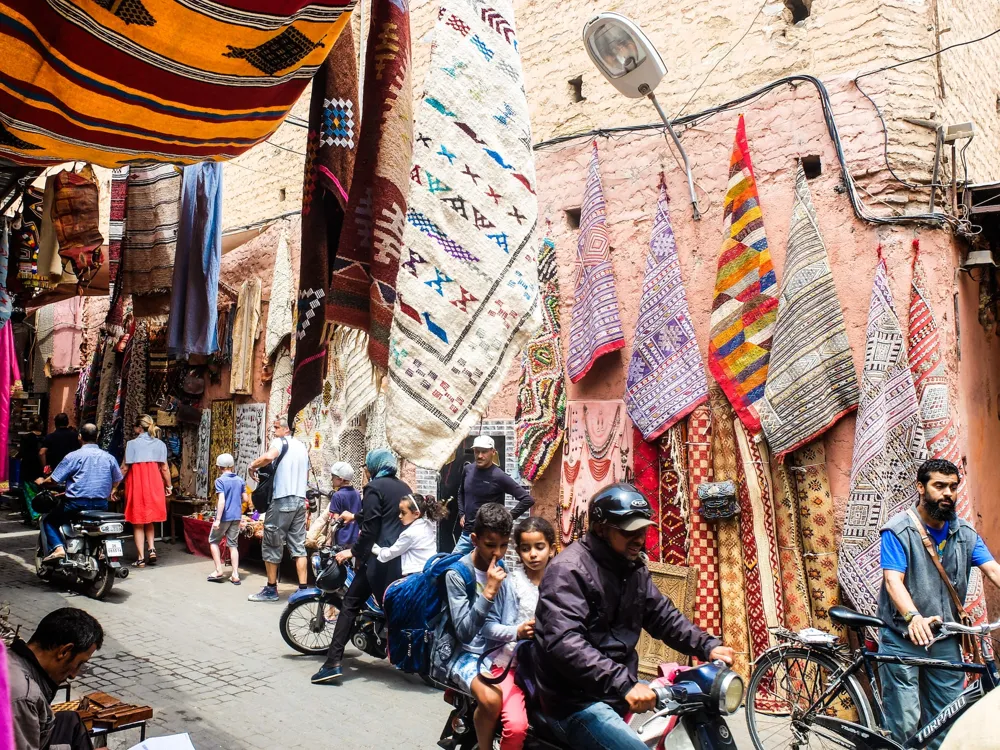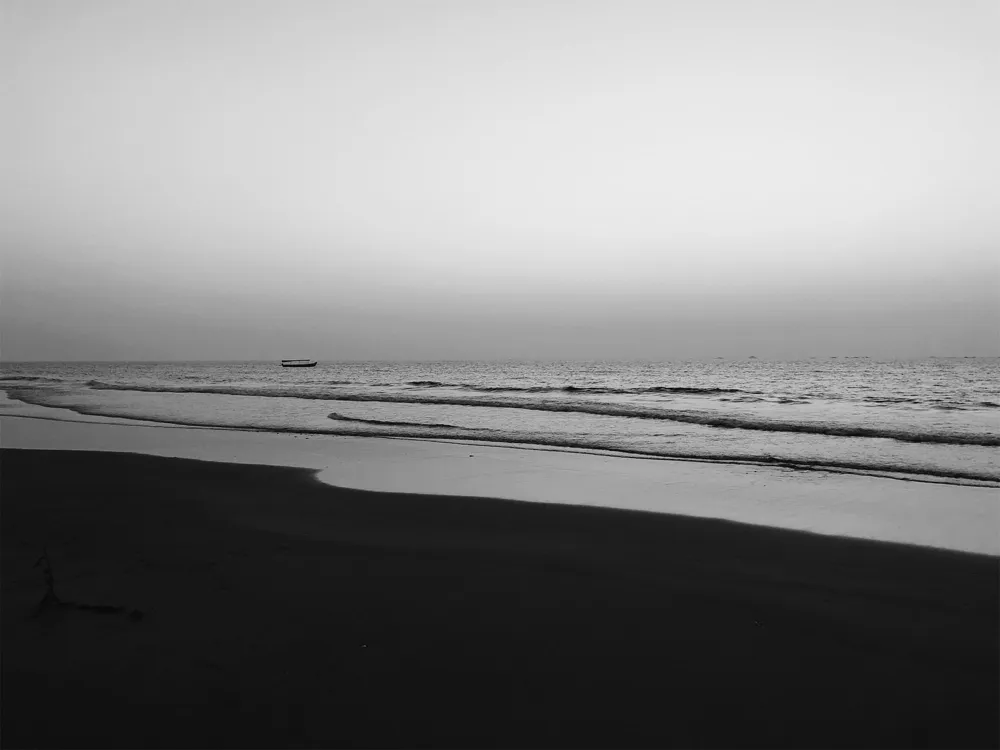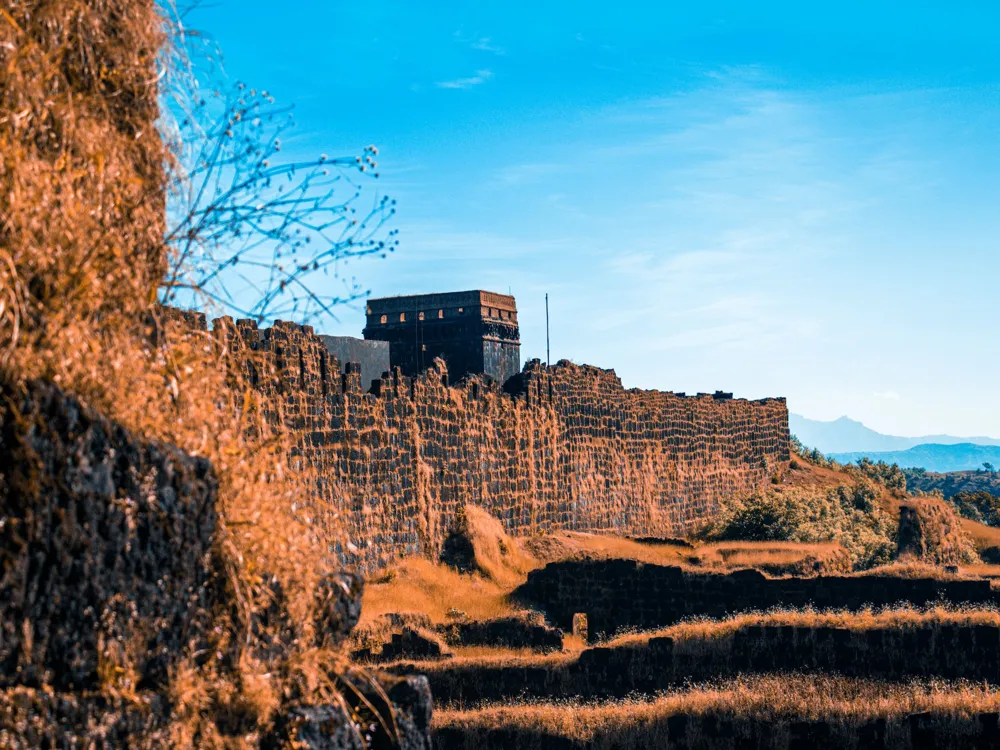The Museum of Christian Art, nestled in the serene and culturally rich city of Panaji, Goa, is a remarkable testament to the region's rich artistic and religious heritage. This unique museum, renowned for its exclusive collection of Christian art, stands as a symbol of the harmonious blend of Indian and Portuguese cultures. The museum's genesis dates back to the 17th century, originating from the profound influence of the Portuguese colonization, which introduced Christianity and its artistic expressions to the region. Spanning across centuries, the museum's collection includes a fascinating array of items such as intricate sculptures, altarpieces, furniture, textiles, and paintings. Each artifact in the museum tells a story, reflecting the religious, social, and artistic contexts of the time. The Museum of Christian Art is not just a repository of artifacts; it is a space that narrates the evolution of Christian art in India, influenced by European styles yet distinctively Goan in its execution. Visitors to the museum can expect to embark on a journey through time, witnessing the evolution of Christian art from its early forms influenced by Hindu and Muslim artistic traditions, to the more Europeanized forms that emerged later. The museum provides a unique opportunity to understand the fusion of different artistic styles and the role of art in religious and cultural expression. The architecture of the Museum of Christian Art in Panaji is a splendid example of Goan colonial style, blending elements of Portuguese and Indian designs. The building itself is a piece of art, showcasing the architectural prowess prevalent during the Portuguese era in Goa. The structure's facade is characterized by its elegant white walls, stucco decorations, and terracotta-tiled roof, reflecting the traditional Goan-Portuguese architectural aesthetics. As visitors step inside, they are greeted by a layout that is both inviting and functional, designed to guide them through the various thematic sections of the museum. The interior is adorned with arches, high ceilings, and wooden beams, creating a sense of openness and grandeur. The use of azulejos, traditional Portuguese tiles, adds a vibrant touch to the decor, narrating stories and scenes from biblical times. The museum's design not only serves aesthetic purposes but also plays a vital role in the preservation of the artifacts. The natural light is skillfully harnessed to highlight the artworks, while the climate-controlled environment ensures their longevity. The architecture of the Museum of Christian Art is a harmonious blend of functionality, beauty, and historical significance, offering an immersive experience to its visitors. Before visiting the Museum of Christian Art, it's advisable to check the museum's official website for the latest information on opening hours and any special events or exhibits. Planning your visit in advance ensures a more organized and enjoyable experience. As the museum is a place of cultural and religious significance, visitors are encouraged to dress modestly. Comfortable clothing is recommended, especially if you plan to explore other attractions in the area. Photography may be restricted in certain areas of the museum. It's important to respect these guidelines to preserve the sanctity of the artworks and the museum environment. Consider joining a guided tour to enhance your understanding of the artifacts and the history of Christian art in Goa. The insights provided by knowledgeable guides can greatly enrich your visit. Check the museum's accessibility options if you have any special needs. Many museums offer services for differently-abled visitors, ensuring everyone can enjoy the exhibits. The Museum of Christian Art is located in Panaji, the capital city of Goa, and is easily accessible by various modes of transportation. Visitors can opt for public buses, taxis, or private vehicles. The museum is situated near some of the major landmarks of Panaji, making it a convenient inclusion in any travel itinerary to Goa. For those preferring public transport, several bus routes pass through areas close to the museum. Taxis and auto-rickshaws are also readily available and offer a more direct route to the museum. For a more scenic and leisurely approach, one might consider renting a bike or a scooter, a popular mode of transportation among tourists in Goa, offering the freedom to explore the city at one's own pace. Read More: Overview of the Museum Of Christian Art in Panaji, Goa
Architecture of the Museum Of Christian Art
Tips When Visiting the Museum Of Christian Art
Plan Your Visit
Dress Appropriately
Photography Guidelines
Guided Tours
Accessibility
How To Reach the Museum Of Christian Art
Museum Of Christian Art
Panaji
Goa
NaN onwards
View goa Packages
Weather :
Tags : Museum
Timings : 09:30 AM - 05:00 PM
Time Required : 1-2 hours
Entry Fee : For Adults: INR 5
For Children: INR 2
Location : Convent of Santa Monica in Velha Goa
Tips : Photography is prohibited inside the museum premises
Highlights :
- A stunning painting of St. Ursula
- 17th century image of Jesus carved from ivory
- Bust of St. Margaret of Antioch
Planning a Trip? Ask Your Question
Goa Travel Packages
View All Packages For Goa
Top Hotel Collections for Goa

Private Pool

Luxury Hotels

5-Star Hotels

Pet Friendly
Top Hotels Near Goa
Other Top Ranking Places In Goa
View All Places To Visit In goa
View goa Packages
Weather :
Tags : Museum
Timings : 09:30 AM - 05:00 PM
Time Required : 1-2 hours
Entry Fee : For Adults: INR 5
For Children: INR 2
Location : Convent of Santa Monica in Velha Goa
Tips : Photography is prohibited inside the museum premises
Highlights :
- A stunning painting of St. Ursula
- 17th century image of Jesus carved from ivory
- Bust of St. Margaret of Antioch
Planning a Trip? Ask Your Question
Goa Travel Packages
View All Packages For Goa
Top Hotel Collections for Goa

Private Pool

Luxury Hotels

5-Star Hotels

Pet Friendly






















